Visualising the City
Editorial
Visualising the city discloses the fundamental relation to the city as a possible object of study. In order to know the city, to understand it, and…
Stråk: Visualising an urban design concept – Reflections on verbal and visual approaches in research
– Karin Grundstrom
In the Swedish metropolitan regions, the word stråk has been incorporated into urban design and planning practice as an approach to (re)-connect th…
Seeing the city
with Nausicaa Pezzoni, on mapping perceptions of European cities
There is an ethical reason for this kind of participatory process. It is the opportunity to listen to participants’ point of view with the intention of building a level of equality between the expert and the disorientated gaze…
Lighting master plan: The night time face of Timisoara city
– Adela Petra Popa
Creating an adequate nocturnal environment means the reactivation of a lost collective memory, placing an importance on light in our lives, that may connect people despite their age, nationality or social status…
Playful poly-culture: An “ecosophic” park in south west Attica
– Stavros Mouzakitis
The general goal of this competition was the transformation of the area into an extensive metropolitan green park, able to become an intensely active part of the city’s public/common space…
HYPER TOKYO
– Diego Iglesias Gómez and Cristóbal Baños Hernández
A city that forces its inhabitants to live in continuous movement through complex temporal dynamics which rely on a succession of urban interiors, the infrastructure for nomadic lifestyles…
A palimpsest of topographies: A comparative analysis of five urban sections
– Cristiano Lippa and Fabiano Micocci
Urban societies are increasingly complex global entities. According to Henri Lefebvre, such complexification can be roughly defined in spatial term…
Poli-Plex-Icon: A tool for city image visualization in the age of complexity
– Efrossyni Tsakiri
By analogy with Calvino’s layered city, the starting point of the urban visualization in Poli-Plex-Icon are various descriptions of the city (scientific and pre-scientific, literary, historical, personal, urban, encyclopedic, etc). All of them form the city text…
Understanding urban density: How a bespoke densification model can unlock London’s future growth
– Yorgos Garofalakis, Alexander Alexiou and Daphne Delfaki
Treated not as an enabler of monolithic high-rises but as a tool for bespoke, balanced and safe placemaking…
Turning into guirilandia: Experiencing gentrification in Valencia, Spain
– Jonna Tolonen
It is the sixth consecutive day that I am photographing here. After so many long hours of shooting, the neighbourhood finally starts to feel famili…
Futures
Call for Submissions
closing 30.09.2020
Cities have been continuously (re)produced by overlapping transitions. Palimpsests on which future visions are written over their scriptio inferior…
The Space of the (Re)Public
Editorial
In October 2011 a group of around 2000–3000 protesters gathered around Paternoster Square in London, shrouded in the shadow cast by St Paul’s Cathe…
Athens Report: a collective archive of life and protest
– Christina Petkopoulou
athensreport.org is an interactive digital platform that maps the urban space through the route of trolley bus No. 11. It collects and archives vid…
A little island on Pier 55: urban austerity and the eclipse of publicly made public space?
– Anthony Maniscalco
They say history is written by the winners. When public space is constructed and regulated at the behest of park conservancies, public-private part…
Rooftop of the Total Palace
– Sonja Jankov
Total palaces were built all over socialist countries mostly during the 1980s, although examples can be found in prior decades. Originating from sp…
Coopelluvia: facilitating urban water commoning
– Stephanie Newcomb
Southern California—specifically Los Angeles—is no stranger to water scarcity. To sustain a growing population, a hyper-centralized infrastructural…
Pocket parks as spaces of “Re-public”: the experience of the Alexandrou Svolou initiative
– Spilios Iliopoulos and Michaela Loukia Litsardaki
It is very common in modern cities to find, within the urban fabric, forgotten/neglected parts,which are pieces of land that have either been abandoned in relation to an earlier…
A street-explorative and interactive-designing laboratory
– Elisa Privitera and Filippo Gravagno
The current state of participatory planning in Italy tells us that, until now there are few aware and empowered experiences of urban transformative processes…
To be in a good place
with Kevin Bennett, Fellow at the Center for Urban Design and Mental Health
I am fascinated by the link between biophilic design and well-being. The research linking green spaces and mental health is compelling…
Space activation and re-territorialisation
– Patrick Foong Chan and Camilla Lade
“Space Activation and Re-Territorialisation” examines how alleyways and lanes are transformed through the current trend of space activation. Furthe…

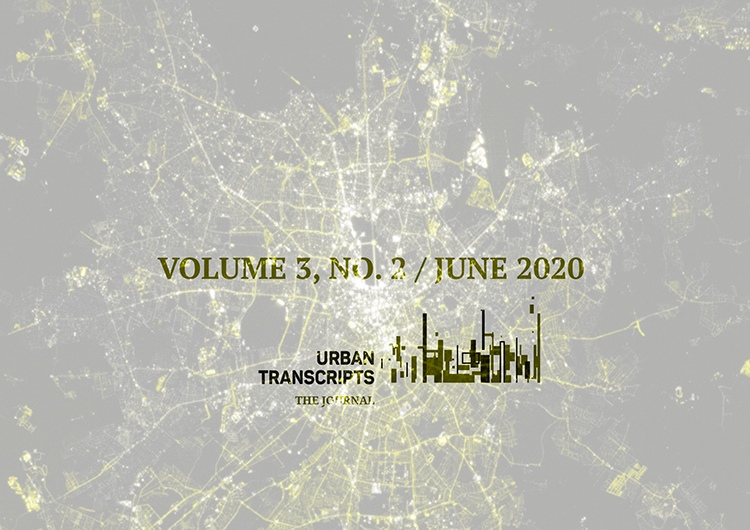 Editorial"/>
Editorial"/>
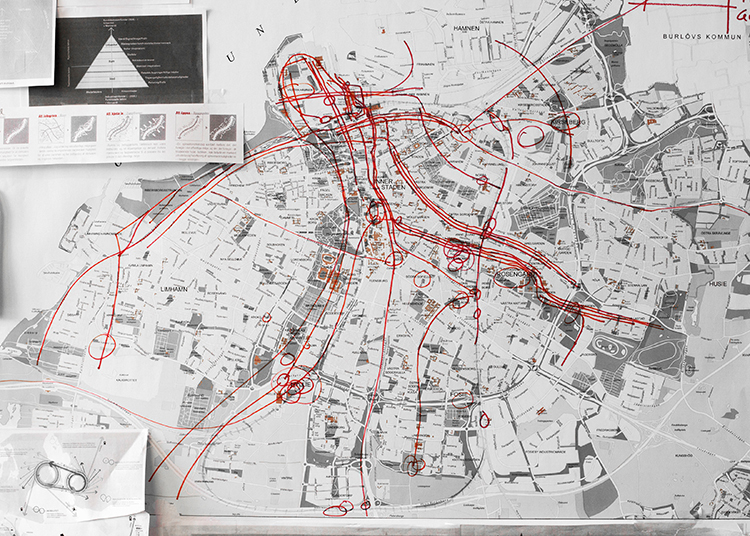 – Karin Grundstrom"/>
– Karin Grundstrom"/>
 with Nausicaa Pezzoni, on mapping perceptions of European cities"/>
with Nausicaa Pezzoni, on mapping perceptions of European cities"/>
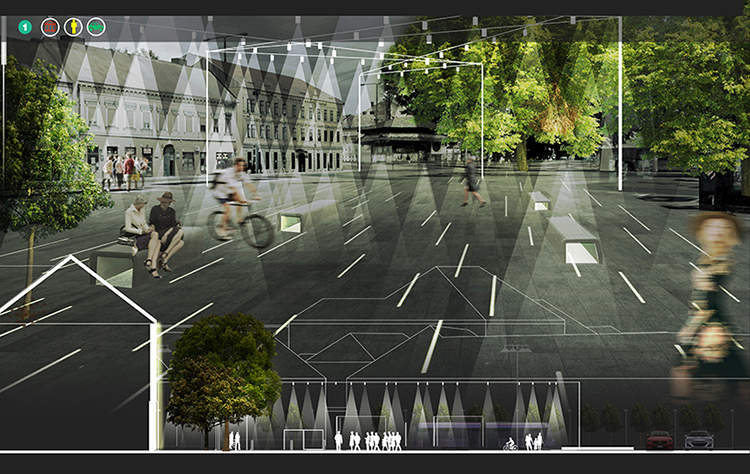 – Adela Petra Popa"/>
– Adela Petra Popa"/>
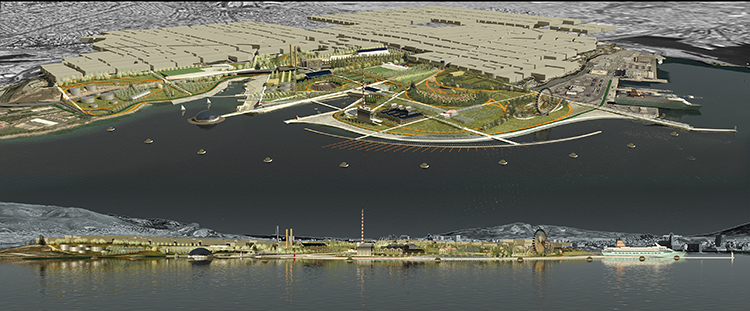 – Stavros Mouzakitis"/>
– Stavros Mouzakitis"/>
 – Diego Iglesias Gómez and Cristóbal Baños Hernández"/>
– Diego Iglesias Gómez and Cristóbal Baños Hernández"/>
 – Cristiano Lippa and Fabiano Micocci"/>
– Cristiano Lippa and Fabiano Micocci"/>
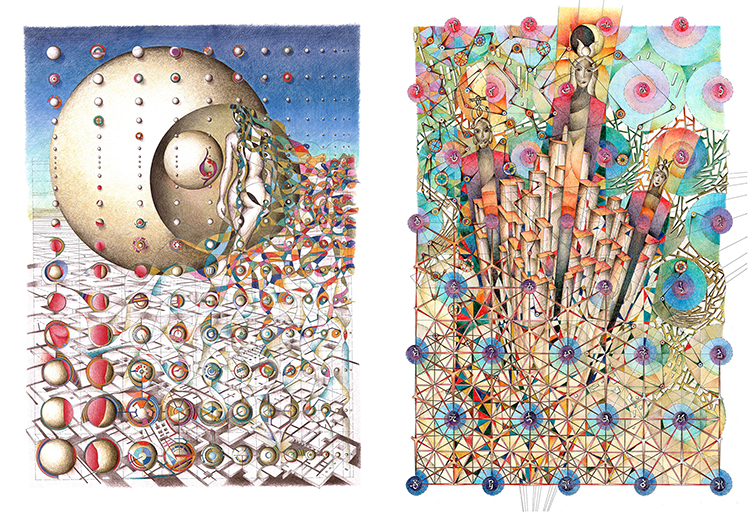 – Efrossyni Tsakiri"/>
– Efrossyni Tsakiri"/>
 – Yorgos Garofalakis, Alexander Alexiou and Daphne Delfaki"/>
– Yorgos Garofalakis, Alexander Alexiou and Daphne Delfaki"/>
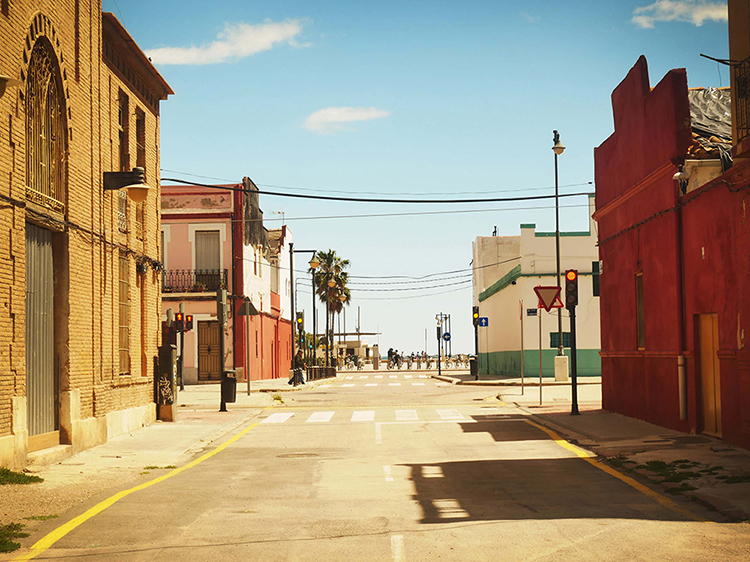 – Jonna Tolonen"/>
– Jonna Tolonen"/>
 Call for Submissions
Call for Submissions Editorial"/>
Editorial"/>
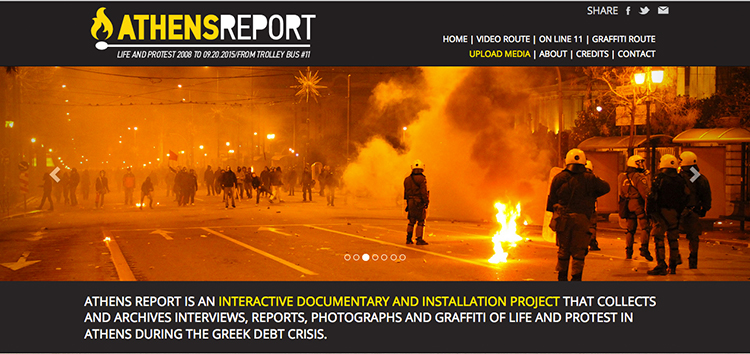 – Christina Petkopoulou"/>
– Christina Petkopoulou"/>
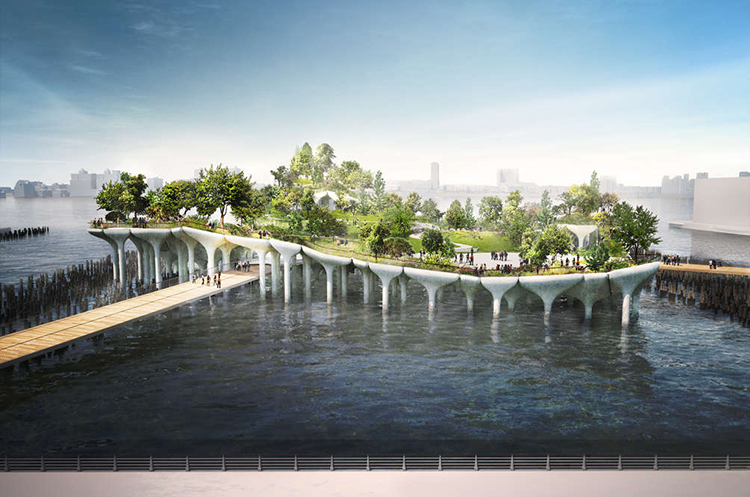 – Anthony Maniscalco"/>
– Anthony Maniscalco"/>
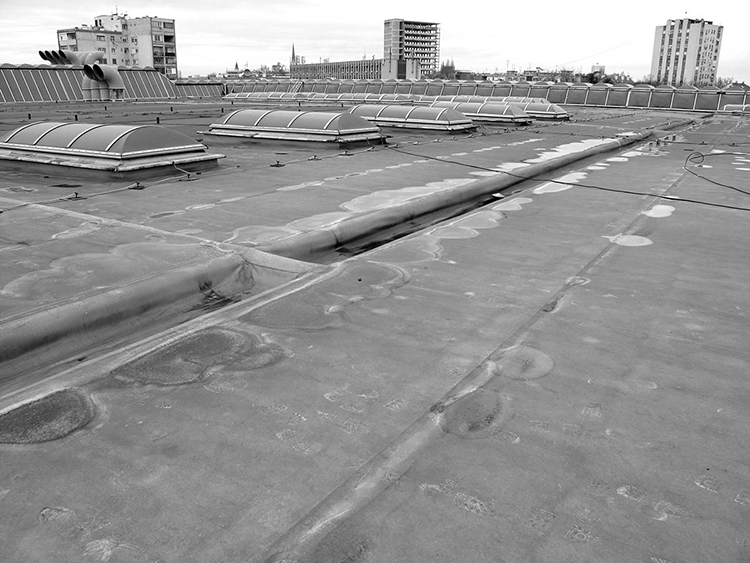 – Sonja Jankov"/>
– Sonja Jankov"/>
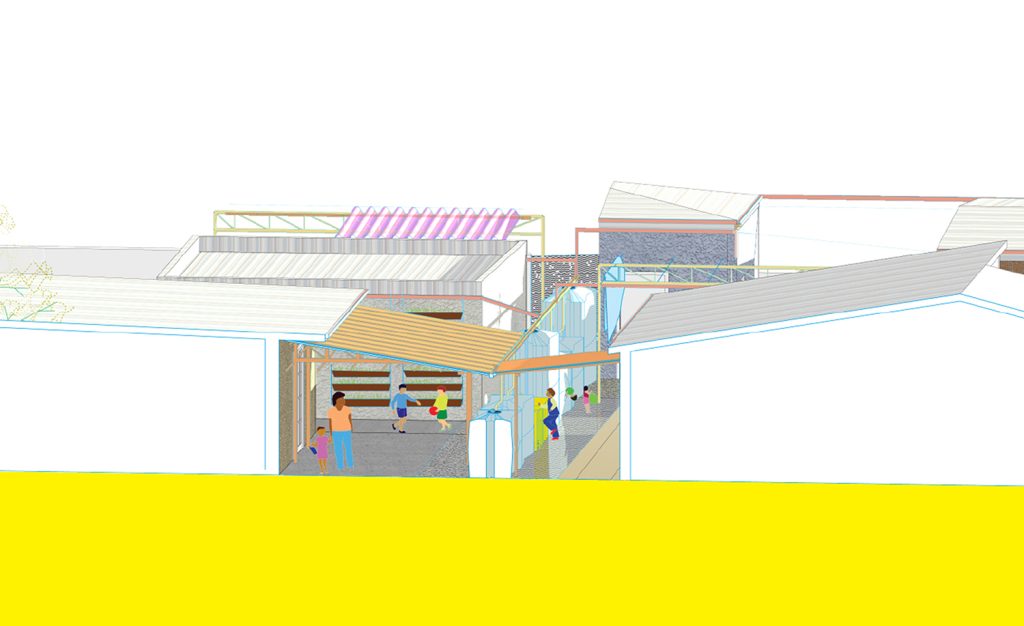 – Stephanie Newcomb"/>
– Stephanie Newcomb"/>
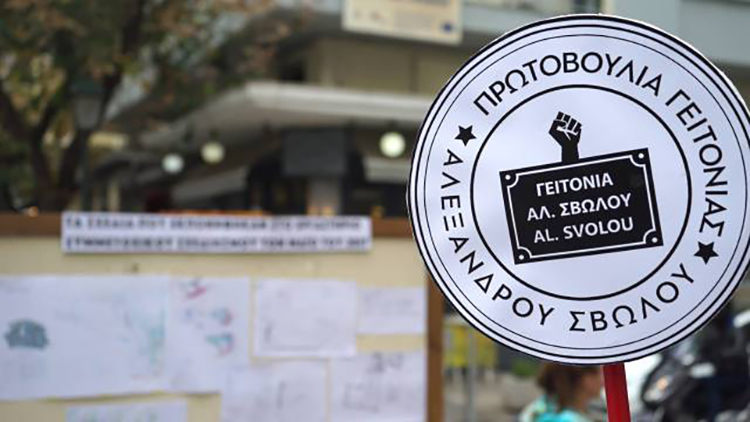 – Spilios Iliopoulos and Michaela Loukia Litsardaki"/>
– Spilios Iliopoulos and Michaela Loukia Litsardaki"/>
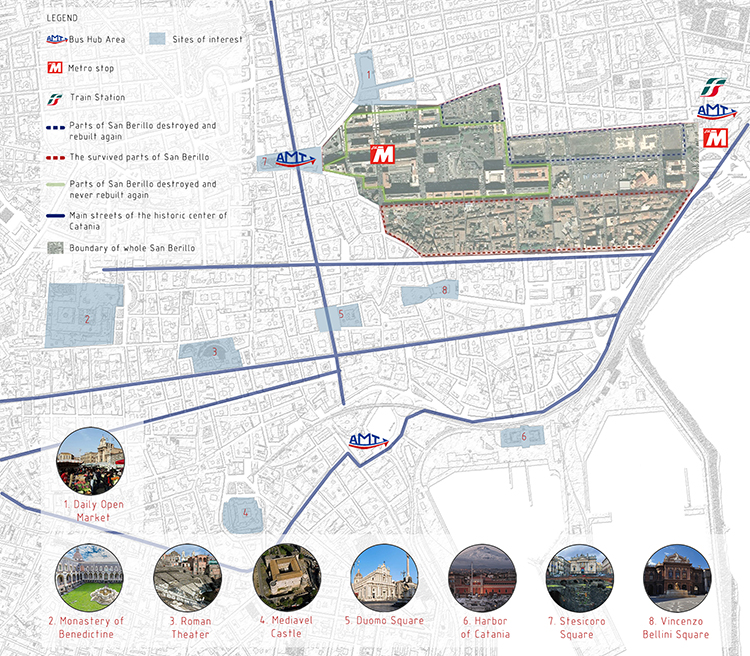 – Elisa Privitera and Filippo Gravagno"/>
– Elisa Privitera and Filippo Gravagno"/>
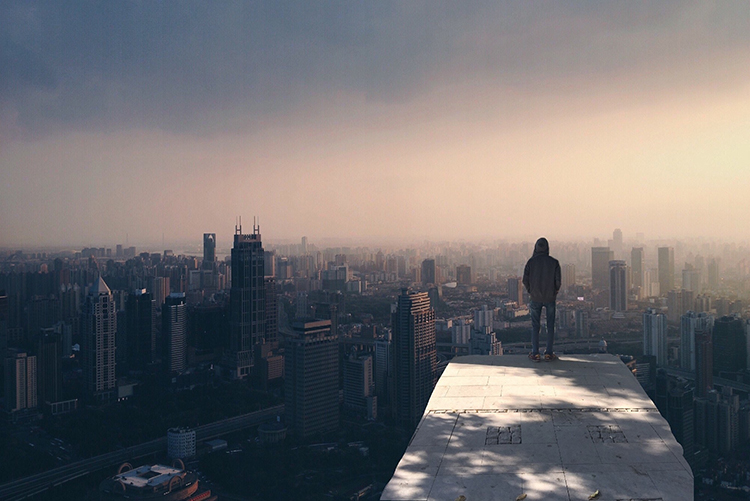 with Kevin Bennett, Fellow at the Center for Urban Design and Mental Health"/>
with Kevin Bennett, Fellow at the Center for Urban Design and Mental Health"/>
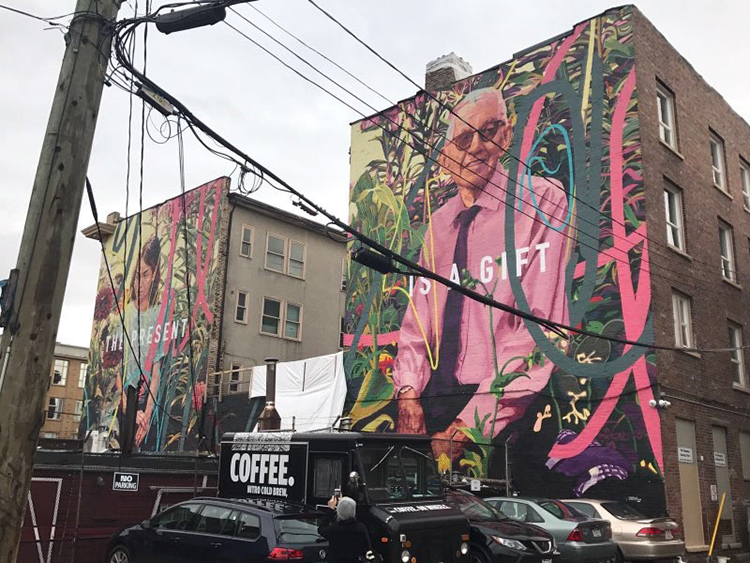 – Patrick Foong Chan and Camilla Lade"/>
– Patrick Foong Chan and Camilla Lade"/>